Shooting live theater events is one of my absolute favorite types of photography. When the music starts and the curtain goes up, you enter a world filled with amazing characters, costumes, scenery, and lighting. Capturing the excitement and spectacle of a live performance is rewarding, but also challenging. I’ve put together a few tips to help you get started with shooting live performances to help you capture the best images possible.
1. Contact schools and other non-profits. Volunteer to shoot a performance for free to get your foot in the door. Find out if there is an opportunity to sell the images to the performers and their families. Be prepared for a background check if you will be working with children. Have your business license and proof of insurance ready in case it is required.
2. Form relationships with the director, production manager, and stage manager. These are the folks you want to get to know. They will get you access to the theater, update you on schedules, and (hopefully) recommend you for future jobs!
3. Shoot a dress rehearsal if possible. By shooting a rehearsal, you’ll have the opportunity to familiarize yourself with the venue and locate the best vantage points for shooting the show. With no audience in the seats, you’ll also have the flexibility to move about the theater without disturbing anyone, which you won’t be able to do during the live performance. You’ll also become acquainted with the content of the show, so that during the live performance, you’ll be prepared for the “big moments” that you want to capture. Keep in mind that at dress rehearsals, some elements of the show, such as sets, costumes, and makeup are often still in flux. But if you can remain flexible and are able to invest the time, shooting a dress rehearsal can really help you prepare.
4. You’re a Ninja! When shooting a theater performance, be as invisible and quiet as possible so that you don’t interfere with the performers, crew, or the audience experience. Wear head-to-toe black and find a place to shoot that will not disturb the audience. Often there is a tech booth area where you may be able to position yourself. Again, it’s critical that you remain unobtrusive so that you don’t interfere with the crew in any way. A theater during a rehearsal or performance is a busy place, so stay mindful of those working around you so you don’t get in the way.
5. Get shots from backstage and the wings. If the stage director and manager will allow it, go backstage just before curtain to capture the excitement of the performers getting ready for their big moment. You can get some great shots of dancers tying their pointe shoes, actors applying makeup, or friends gathering before going on stage together. Similarly, the wings can be a great spot to get some less conventional shots such as performers watching the action on stage while waiting for their entrance. Be aware of your surroundings and make sure you don’t get in the way of performer exits and entrances.
6. Use the right gear and settings. On-stage lighting can vary widely during a performance. The best cameras for theater photography are ones that handle high ISO settings well with little or no visible noise. Though there are many ways to shoot, I prefer to use Aperture Priority combined with Auto ISO (up to 6400) and a minimum shutter speed that is appropriate for the type of performance. These settings allow me to concentrate on getting good focus and capturing the right moments, while my camera makes the appropriate adjustments for changing light conditions. Even during a single act the stage lighting can change significantly, and the last thing I want to do in a very dark theater is try to make camera setting adjustments on the fly. Choose the appropriate lens based on your distance from the stage. I love the 70-200mm 2.8 for it’s focal length flexibility.
7. Shoot with sales in mind. Many of the performing arts groups I work with are non-profit organizations with tight budgets. For these groups, I often shoot performances at a reduced rate or at no cost to the organization, with the goal of earning money through photo sales. Youth performances in particular can be profitable. Parents are often quite eager to purchase photos of their children performing. Keeping this in mind, I try to capture EVERY performer or cast member if possible.
8. Make your images available for viewing and purchase. Performers and their families love seeing photos after the show. Put them up in a gallery where they can be viewed and ordered. Contact the show producer well ahead of time to get your business name, logo, and gallery link included in the show program so everyone will know where to view and order photos after the show. Try to get your gallery up as soon as possible to build on the excitement and enthusiasm that the performers and their families are feeling after the show closes. I love using social media to share sneak peeks from performances and add to the excitement.
9. Have a contract and Terms of Use in place. Regardless of whether I am shooting at my normal rate, a reduced rate, or for free, I ALWAYS have a contract in place. The contract clearly spells out what I will be delivering, when I will be delivering it, and what can and cannot be done with my images.
10. Enjoy your shoot AND the show!
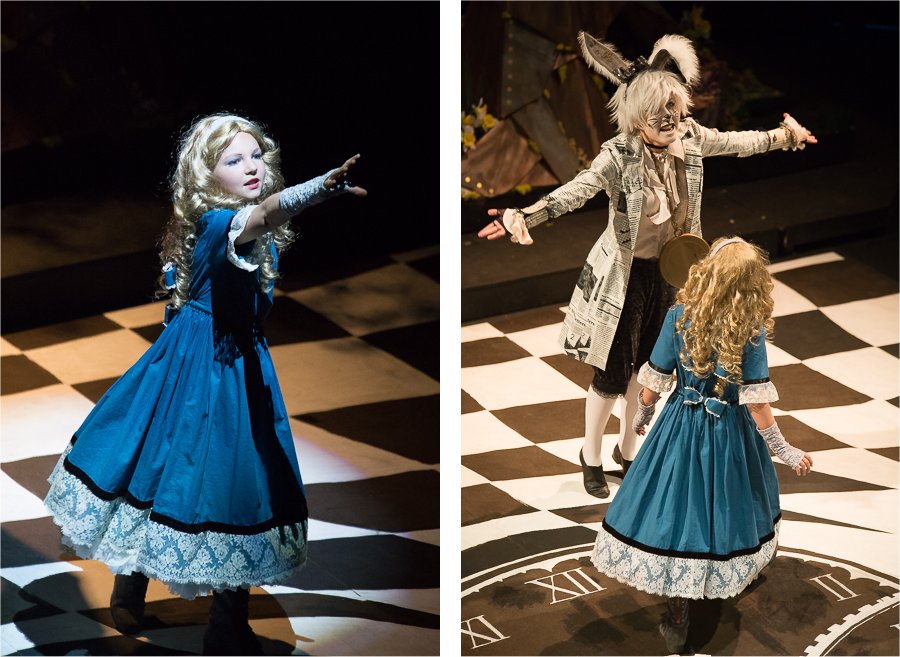
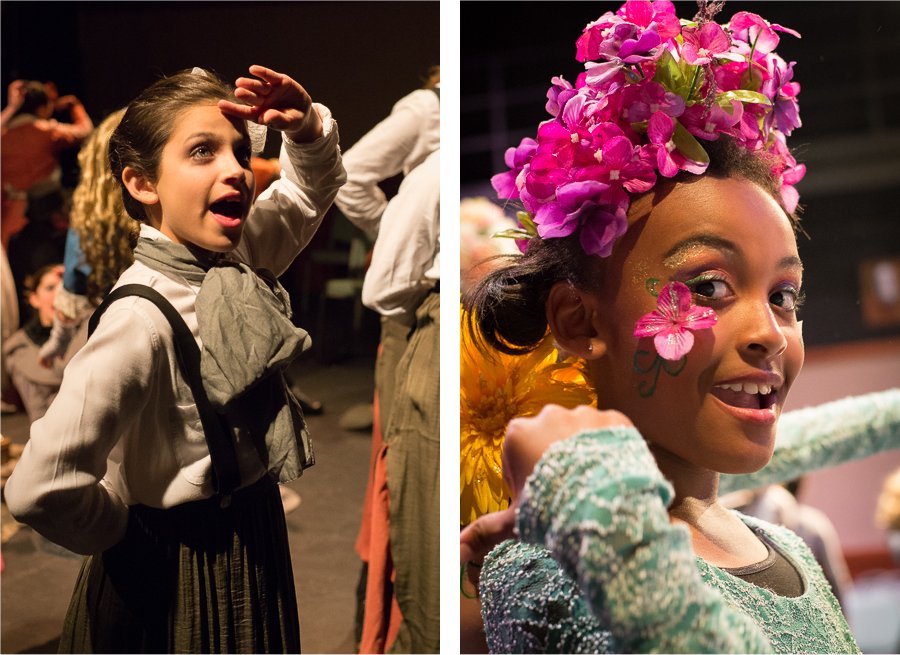
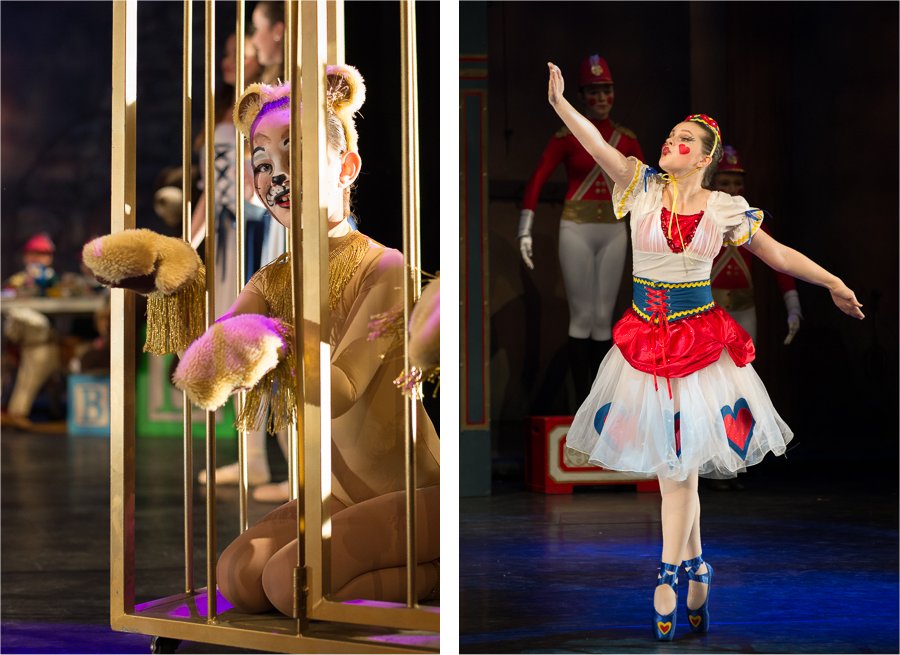
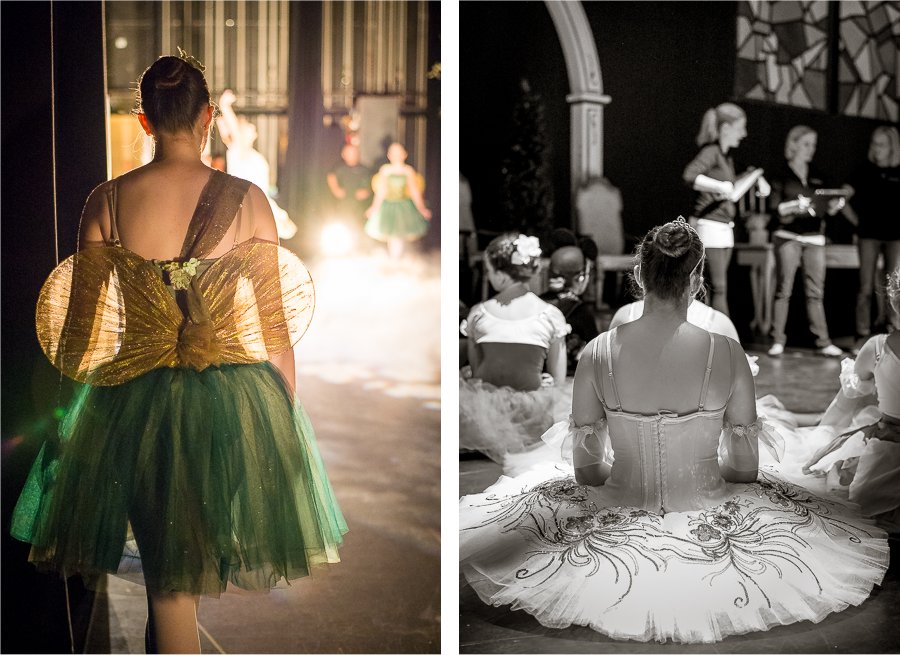
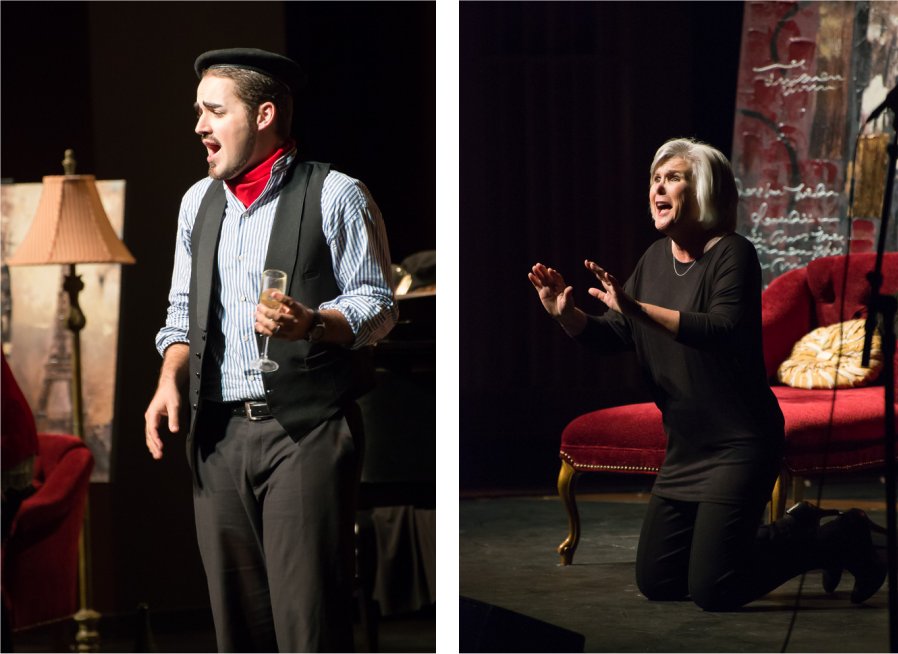

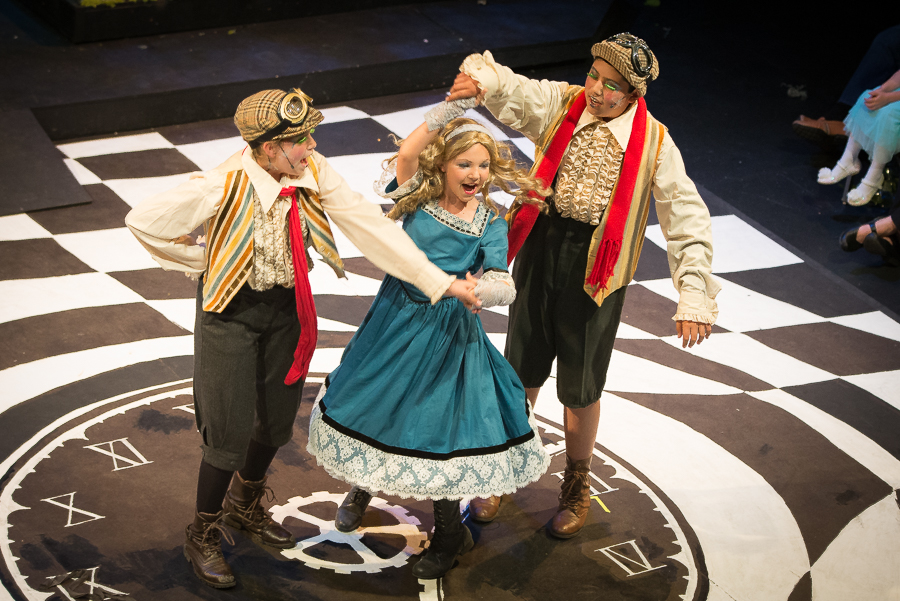
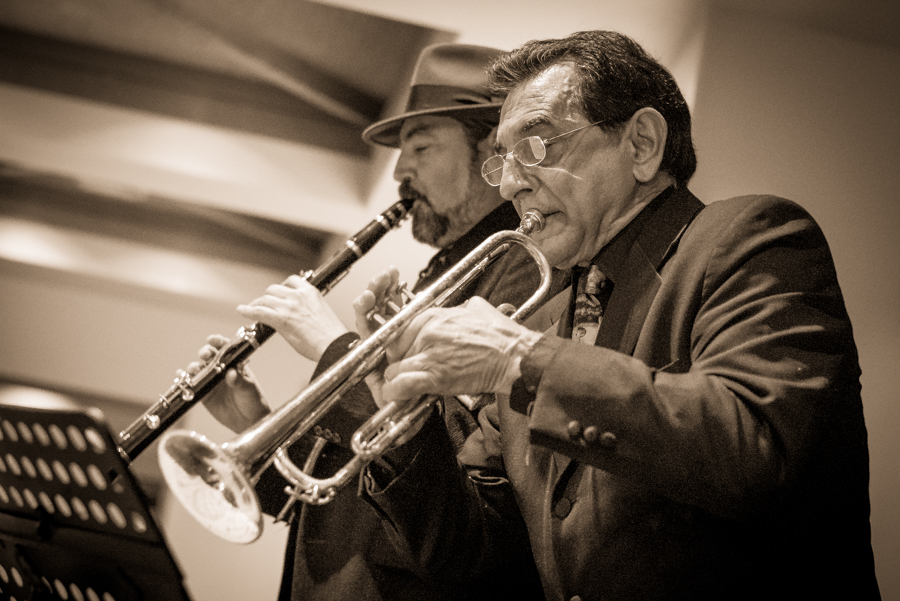
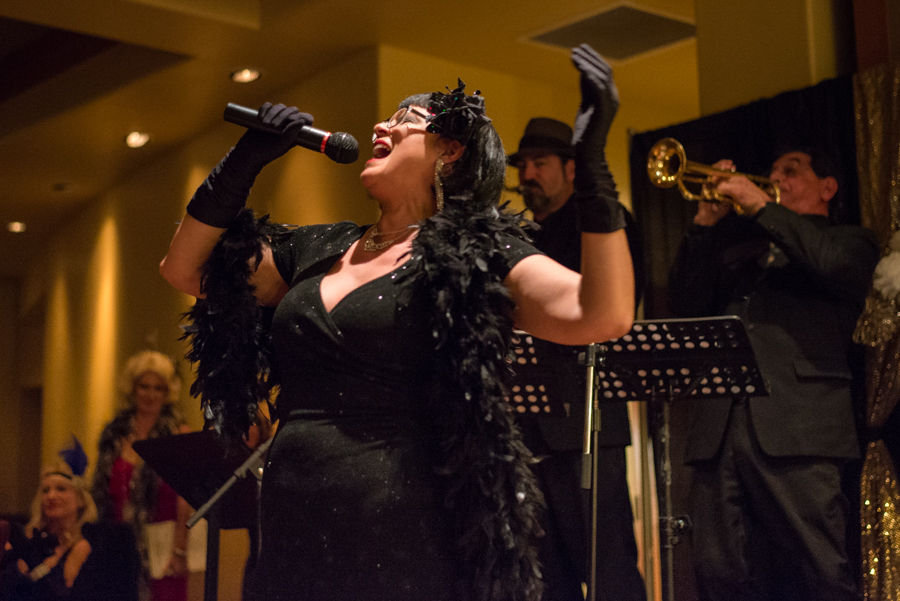
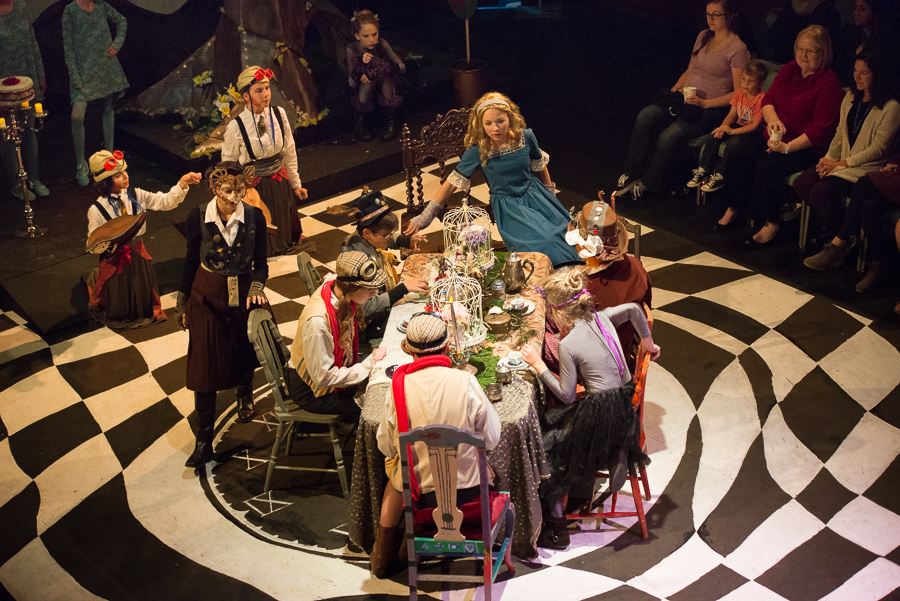
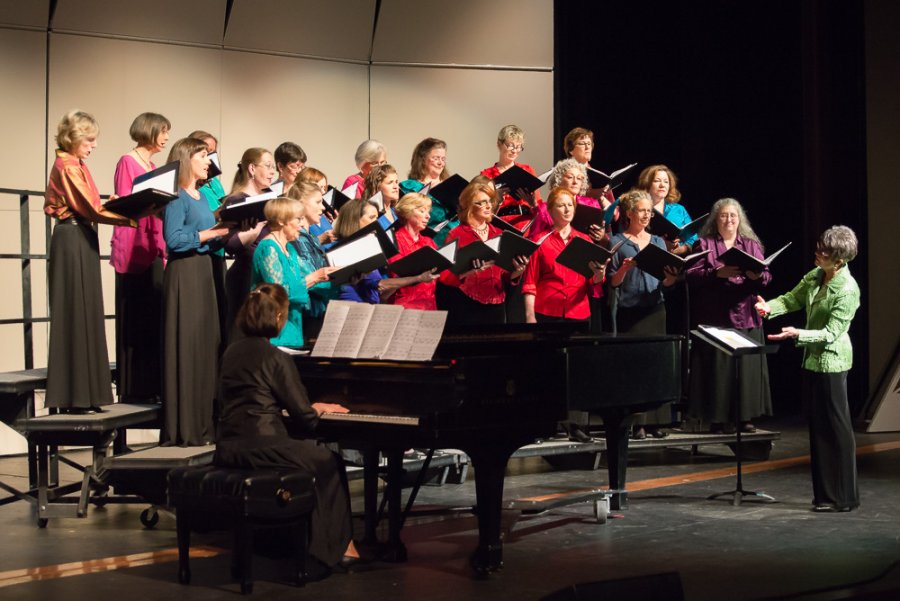
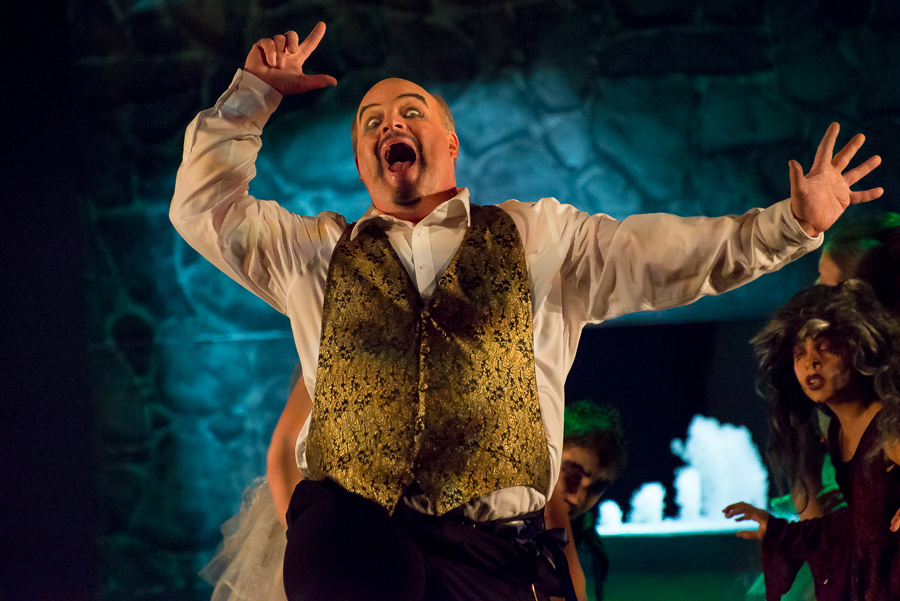
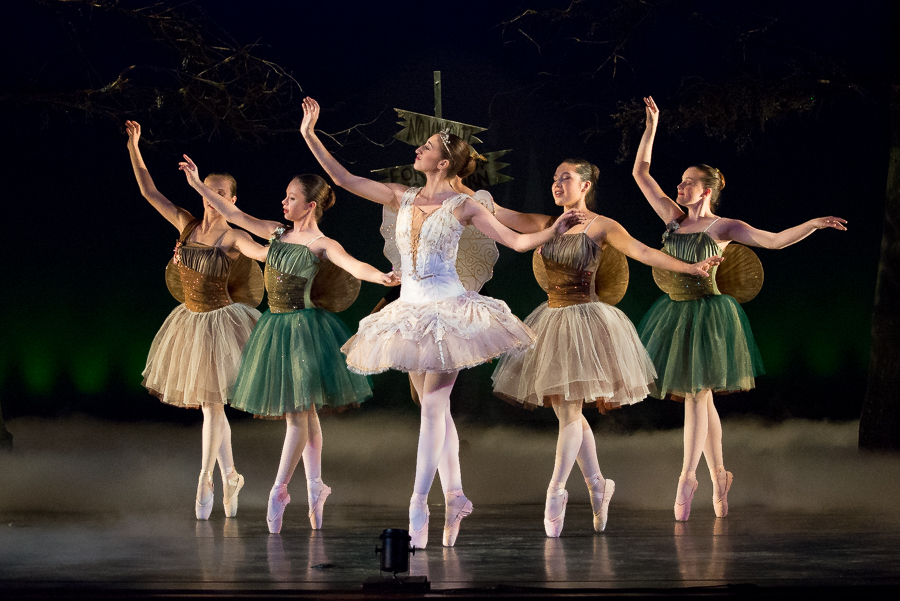
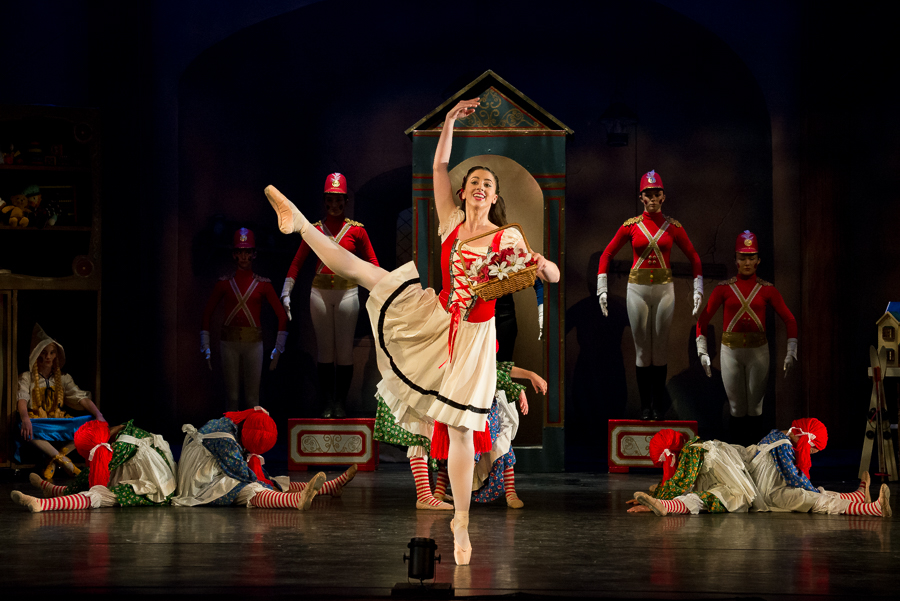
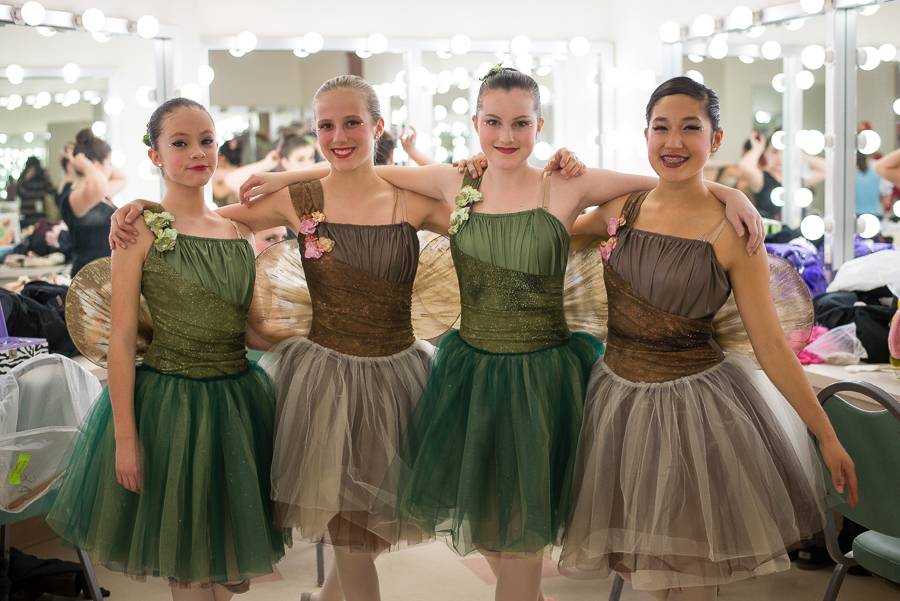
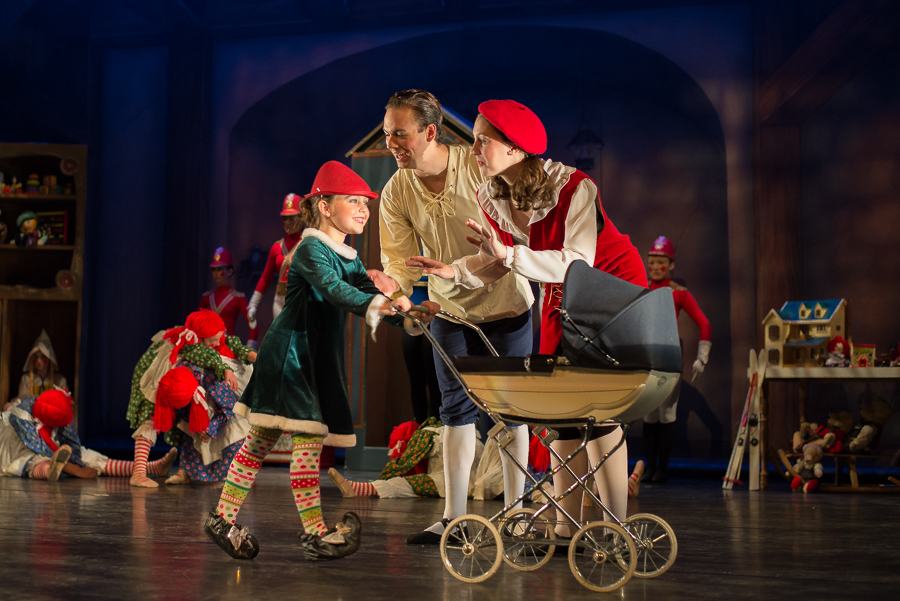
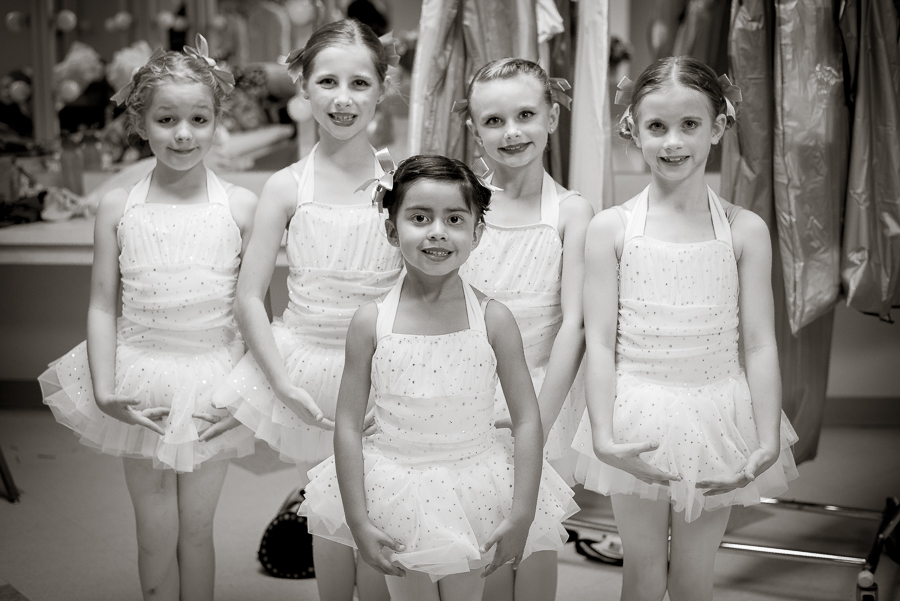
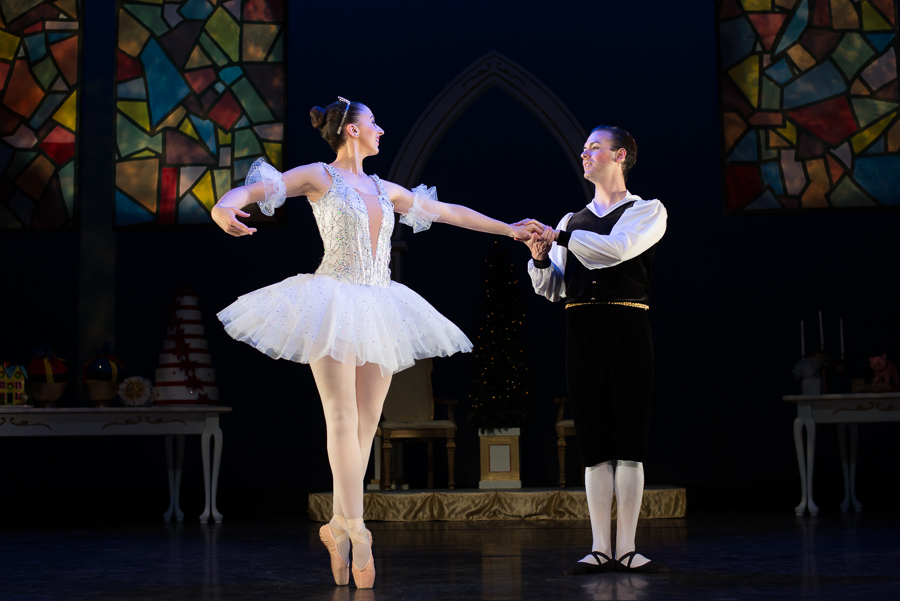

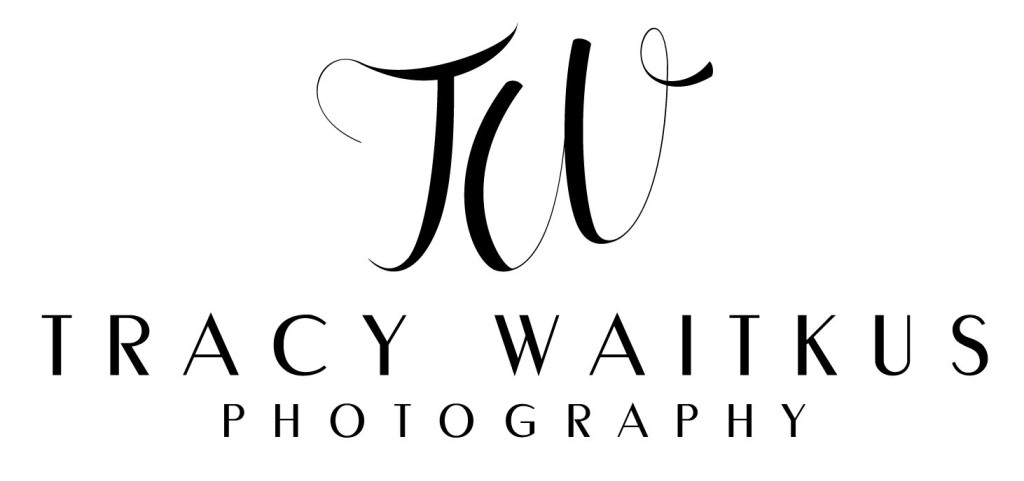 For the past two years I’ve enjoyed shooting performing arts events at theaters and other venues in my area. I’m currently the resident photographer for Coastal Performing Arts Foundation here on the Central Coast of California, where I have the pleasure of shooting performances for Coastal Chamber Youth Ballet and Coastal Youth Theater. Additionally, I’ve photographed musicians and vocalists at both theater performances and events, and I also do portrait work including family and senior portrait sessions. Find Tracy Waitkus Photography on the Web: WEBSITE | FACEBOOK | INSTAGRAM
For the past two years I’ve enjoyed shooting performing arts events at theaters and other venues in my area. I’m currently the resident photographer for Coastal Performing Arts Foundation here on the Central Coast of California, where I have the pleasure of shooting performances for Coastal Chamber Youth Ballet and Coastal Youth Theater. Additionally, I’ve photographed musicians and vocalists at both theater performances and events, and I also do portrait work including family and senior portrait sessions. Find Tracy Waitkus Photography on the Web: WEBSITE | FACEBOOK | INSTAGRAM


